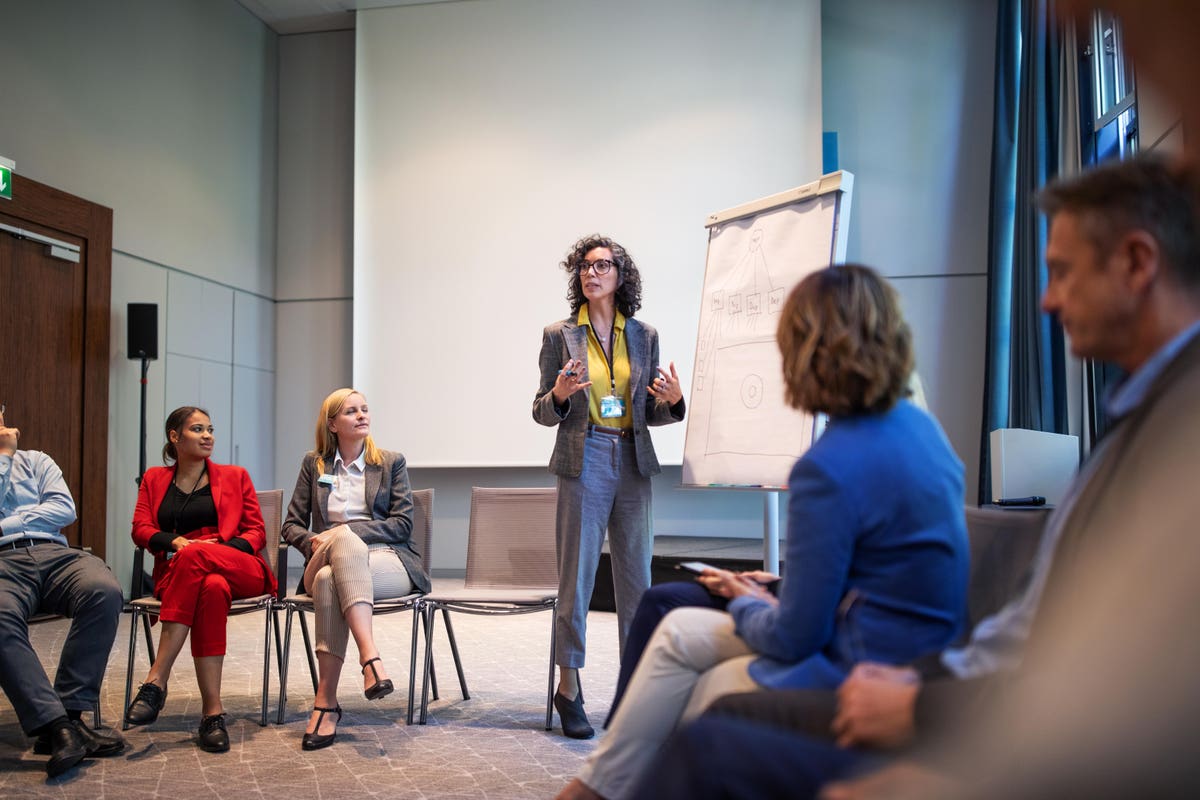Benito Piuzzi is the COO of Lakeview Loan Servicing and former McKinsey consultant where he specialized in large-scale transformations.
We’ve all been there: trying to drive change or convince someone in the organization that change is necessary, whether it is a new marketing strategy, product launch, a new vendor or just simply convincing someone to do something differently.
Without proper training, guidance and feedback loops, the “how to influence others” playbook can be an uphill battle. Not only can this process be demoralizing and frustrating, but it can also cost the organization a lot of money if change is delayed because key players are not on board.
In my experience, the struggles to influence others very often come from a lack of alignment around the “why.” At scale, this can be complicated to solve. Alignment around strategy, goals and priorities should come first so the path to change is laid out, at least at a high level.
The question becomes: How can I effectively get alignment when so many stakeholders are involved? One answer is through workshops. This technique is commonly used by top consultancy companies. When done right, getting all key players in the room for a period of time with a very structured agenda can pay great dividends when you’re navigating change.
Here are five easy steps to creating a workshop that pays off.
1. Identify the objective of the workshop: Most often, workshops are a great way to recap the mission, vision and objective of the business, lay out the current situation in the business (e.g., what’s been going on lately) and define a problem that needs to be solved. Ultimately, any workshop should end with alignment around what the problem is and clear steps for what will be done, when, by whom and how. These decisions don’t have to be perfect. It’s okay if you need additional time to perfect the details of the next steps, depending on the length of the workshop (I recommend making them one to three days long, depending on how much material you have to cover).
2. Identify key stakeholders: It is imperative to account for and include stakeholders that are either directly or indirectly involved in the business as it relates to the changes needed. Remember to account for those colleagues who could derail change, including skeptics or senior leaders with a history of hesitancy to change. During the workshop, make sure you create an inclusive environment and listen to their concerns. One key piece to consider: Make sure you include senior leaders who have bought into potential changes to serve as advocates and more positively influence the direction of the workshop. You don’t have to limit these attendees to SVP-level or above. In some cases, a senior manager can be senior enough, depending on what type of alignment you’re trying to achieve.
3. Set up a clear, structured agenda: Make sure it includes “team rules,” ice-breakers and baseline information to level-set everyone about why people are gathering together in the first place. Use data as much as possible. Make sure to include breaks and “breakout sessions,” or small group conversations that invite healthy discussions and internal presentation of findings, if feasible, to increase participation.
4. Assign pre-work: Often, a workshop involves gathering facts and putting together a presentation or document that guides the conversation to be outcome-oriented. The key here is to have content from multiple areas of the business, so a good practice is to have leaders of various departments prepare a presentation on their department’s perspective on the change that leverages facts and data. Depending on the organization, gathering and structuring data to tell a story can be difficult, and leaders may need help. Be prepared to have a clear vision of what data is needed and provide assistance if someone asks for it. Usually, you are better off providing a single template so everybody comes prepared with consistent materials.
5. Take care of logistics: This matters. Make sure someone is taking care of hotels and departures and arrivals for travelers. Someone should ensure the workshop includes breaks and provide lunch, and if it’s a multi-day workshop, a group dinner can go a long way. In my experience, social interactions can have a high ROI when a company is navigating change.
What can make this technique complicated, but not impossible, is when people can’t physically meet to connect. A workshop can still be held remotely, but make sure you go the extra mile to account for all of the details, such as making sure links work, that attendance is taken, that breaks are long enough and that people are actually participating. A “remote” workshop can still have a positive influence when you’re driving change, but you have to tailor it. People can’t be looking at screens all day or for too many days in a row.
During my days consulting at McKinsey and in my current jobs, I’ve led dozens of workshops and can attest to the positive impact they have when it comes to getting everyone on board. Workshops don’t guarantee smooth sailing through the entire process; friction will always happen, as it should, and this is okay. But they can definitely help you drive change more effectively.
Forbes Business Council is the foremost growth and networking organization for business owners and leaders. Do I qualify?
Read the full article here





